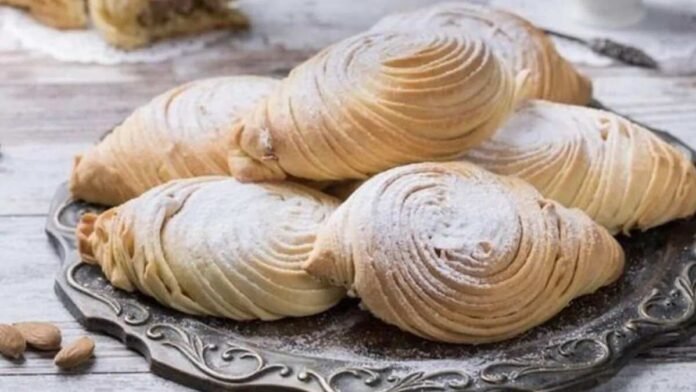Baking is both a science and an art, requiring precision, patience, and practice. Whether you’re a seasoned baker or just starting out, mastering essential techniques is key to achieving perfect pastries every time. In this article, we’ll explore some fundamental baking techniques that will elevate your skills and help you create delicious pastries that are sure to impress.
Understanding Ingredients
Before diving into baking techniques, it’s important to understand the role of key ingredients in pastry-making. Each ingredient plays a crucial role in the texture, flavor, and overall structure of the final product.
Flour
Flour provides the structure and stability in pastries. Different types of flour, such as all-purpose, bread flour, and cake flour, have varying protein content, which affects the texture of the baked goods. All-purpose flour is a versatile option for most pastry recipes, but experimenting with different types can yield interesting results.
Butter
Butter adds flavor, richness, and tenderness to pastries. It’s important to use cold butter when making pastry dough, as it creates layers when baked, resulting in a flaky texture. Properly incorporating butter into the dough is essential for achieving the desired consistency.
Eggs
Eggs act as a binding agent and provide structure and moisture to pastries. They also contribute to the leavening process, helping pastries rise and achieve a light and airy texture. Understanding the role of eggs in different pastry recipes is key to achieving the desired results.
Essential Baking Techniques
Now that we’ve covered the basics of ingredients, let’s explore some essential baking techniques that will help you create perfect pastries every time.
Measuring Ingredients Accurately
Accurate measurement of ingredients is crucial in baking, as even slight variations can affect the outcome of the final product. Use measuring cups and spoons for dry ingredients and a kitchen scale for precise measurements of liquids and solids. Level off dry ingredients with a straight edge to ensure accuracy.
Proper Mixing Techniques
Proper mixing techniques ensure that ingredients are evenly distributed and incorporated into the dough or batter. When mixing, use a gentle hand to avoid overmixing, which can result in tough pastries. Fold ingredients together using a spatula or wooden spoon until just combined.
Handling Pastry Dough
When working with pastry dough, it’s important to handle it gently to prevent overworking, which can lead to tough and dense pastries. Use a light touch when rolling out dough and avoid stretching or pulling it too much. Chill pastry dough as needed to keep it firm and manageable.
Baking at the Right Temperature
Baking at the correct temperature is crucial for achieving the desired texture and doneness in pastries. Preheat the oven before baking to ensure even heat distribution, and use an oven thermometer to verify the accuracy of the temperature. Monitor pastries closely while baking to prevent over- or undercooking.
Experimenting and Practicing
As with any skill, mastering the art of baking requires experimentation and practice. Don’t be afraid to try new recipes and techniques, and don’t get discouraged by setbacks. With each batch of pastries you bake, you’ll gain valuable experience and insight that will help you improve your skills and create even more delicious treats.
Conclusion
Baking is a rewarding and enjoyable pursuit that allows you to unleash your creativity in the kitchen. By mastering essential techniques and understanding the role of ingredients, you can create perfect pastries that delight the senses and bring joy to those who enjoy them. So roll up your sleeves, preheat your oven, and get ready to embark on a delicious baking adventure!

